ScuzzBlog: Diaries January 2022
Entry 23rd January 2022: Post 1: The A500 PAD - Chip, Fast or Slow memory.
The A500 PAD - Chip, Fast or Slow memory.
68000: Amiga Central Processor Unit, Motorola 68000 running at
7.3 MHz. A later chip than the 8086 series used in PCs, with more
sensible memory management, more powerful interrupts, and more
rational instruction set. Can be upgraded to 68010 or 68020 with
optional floating point co-processor, for REALLY amazing performance.
PAD: Paula, Agnus and Denise - known collectively as " the PAD"
the "clever chips" responsible for a lot of Amiga special features,
especially involving sound and graphics. Capable of running "in
parallel" with the CPU - using alternate (even) clock half-cycles
when the 68000 isn't accessing external memory - this taking a
lot of processing burden off the 68000 and giving the Amiga much
better performance than cruder machines with slightly faster clock
rates.
gate: Divides the Amiga system bus into "fast" and "chip" memory.
"Chip" memory is the bottom 512K, which is capable of being accessed
both by the 68000 and the PAD; "fast" memory is up to 8 megabytes
of further RAM which is not accessible to the PAD, and therefore
cannot be used for graphics screens, accessed by the blitter, etc.
The reason for this is that under some circumstances the PAD "cycle
steals" from the 68000 - ie stops it from accessing memory for a
while, while the PAD is busy fetching data for a high resolution
screen line, or doing a data-move using a "nasty" blitter. ("Nasty
mode" is a blitter mode in which it cycle steals a lot, eg when
doing BLOCK memory transfers - not unreasonable, given that the
blitter is a much more efficient data mover than the CPU!) The
presence of the gate in the bus means that the PAD can be cycle
stealing like mad in the bottom 512K of memory - eg in order to
do a complex high res animation - but WITHOUT blocking CPU access
to fast memory; the CPU can therefore continue to operate at full
speed, until such a time as it needs to access chip memory. A
sensibly configured Amiga has AT LEAST as much fast memory as chip
memory, and preferably more.
More about the PAD: As mentioned, Paula Agnus and Denise are
responsible for a lot of the high performance of the Amiga. Functions
looked after by the PAD are roughly as follows:
1: CPU control. The PAD looks after the 68000 on the Amiga, by
generating its DTACK signal usually provided by external hardware
to indicate a successful data transfer, by " blocking" its access
to external memory when it wants to cycle-steal, and by controlling
its interrupts. Interrupts on the Amiga are looked after by the
Paula - there are sixteen possible interrupt sources, which are
two external hardware, one vertical blank, one copper ( video
beam reached a specified position), four audio channels ( audio
block done), one blitter ( blitter finished), two disks ( sync
found, disk block finished), two CIA for keyboard and timers,
and two serial port (receive buffer full, transmit buffer empty).
Paula looks after watching and prioritising these interrupt
sources, and deciding whether to interrupt the CPU, and if so
with what priority.
2: DMA Control. There are twenty five "dedicated" Direct Memory
Access channels on the Amiga, used for direct access to chip memory
by the PAD without involving the CPU. ("Dedicated" means these
channels are tied to a particular purpose - "audio channel one" -
and that you can't swipe them for something different!) DMA is used
on the Amiga for bitplane access (eight channels), for copper
instruction-fetch ( one channel), for the blitter (four channels),
for disk DMA ( two channels), and for audio ( four channels ).
[ For further reading refer to images below ].
Components of the Amiga:
Motorolla MC68000 16/32 bit main processor.
512K bytes of internal RAM, expandable to 1MB.
256K bytes of ROM containing a real time, multitasking operating
system with sound, graphics and animation support routines.
Built in 3.5" double sided disk drive.
[ Refer to images for further reading ]
The internal memory shared by the custom chips and the 68000 CPU
is also called "chip memory". The original custom chips in the
Amiga were designed to be able to physically access up to 512K
bytes of shared memory. The new version of the Agnus custom chip
was created which allows the graphics and audio hardware to access
up to a full megabyte of memory.
The Amiga 500 and 2000 models were designed to be able to accept
the new Agnus custom chip, called "Fat Agnus" due to its square
shape. Hence the A500 and A2000 have allocated a chip memory
space of 1 MB. This entire entire 1 MB space is subject to the
arbitration logic that controls the CPU and custom chip access.
These custom chips and the 68000 share memory on a fully interleaved
basis, Since the 68000 only needs to access memory bus during each
alternate clock cycle in order to run full speed, the rest of the
time the memory bus is free for other activities. The custom chips
use the memory bus during these free cycles, effectively allowing
the 68000 to run at full rated speed most of the time. We say
"most of the time" because there are some occasions when the special
purpose hardware steals memory cycles from the 68000, but with good
reason. Specifically, the coprocessor and the data moving DMA channel
called the blitter can each steal time from the 68000 for jobs they
can do better than the 68000. Thus, the system DMA channels are
designed with maximum performance in mind. The job to be done is
performed by the most efficient hardware element available. Even
when such cycle stealing occurs, it only blocks the 68000's access
to the internal , shared memory. When using ROM or external memory,
the 68000 always runs at full speed.
AGNUS: The maximum amount of supported chip RAM is dependant on
the Agnus version. The early versions supported 512KB chip RAM.
This can be upgraded to 1MB using the 8732A with modifications to
hardware. The later boards already had the 1MB AGNUS and so only
needed the jumper modifications to the board. The full 2MB is
possible by using the 8372B AGNUS and the extra memory.
Below are images of a Rev 6A board with 1MB Chip RAM Agnus.[8372A]
Additionally images of a Rev 5 board that has the original Agnus.
This Agnus is reference [8371] 512K.
There is an upgraded Rev 6A with added memory to the main board
and modifications to use the trap door memory for Chip RAM. The
Agnus is the [8372A]. Note the vacant slots on the board are
now filled. Denise is still OCS 8362R8. The timing corrections
needed to make the trapdoor RAM work utilises a GARY upgrade.
Images of a standard Rev 6A board.
Plus an A500 within a Checkmate using the 2MB Mega CHIP. The
Agnus here is the [8372B]. ECS Denise is 8373R3PD.
Note that to achieve ECS the Denise needs to be upgraded to the
'Super Denise'.
Please note that the HOT GLUE was by the previous owner.
*Final comment: None of the Agnus upgrades add more memory to the
computer. It simply facilitates the provision of extra chip RAM.
Added RAM is provided by hardware memory upgrades and mods to
the motherboard. By adding trap door memory to the computer you
are simply adding to the pool of fast RAM used by the CPU.
The A500 PAD - Chip, Fast or Slow memory.
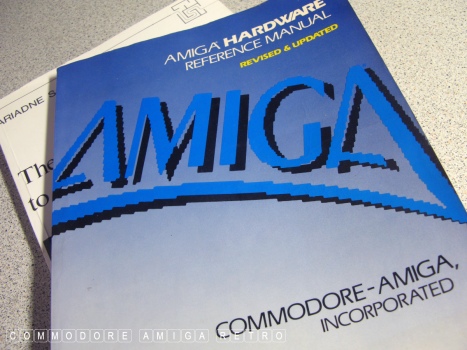
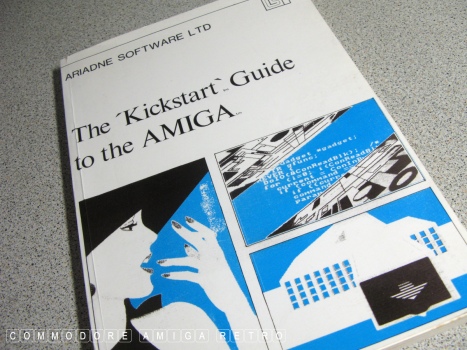

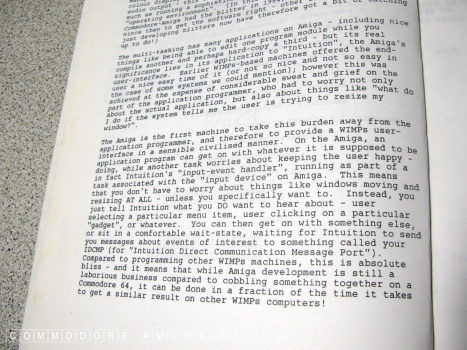



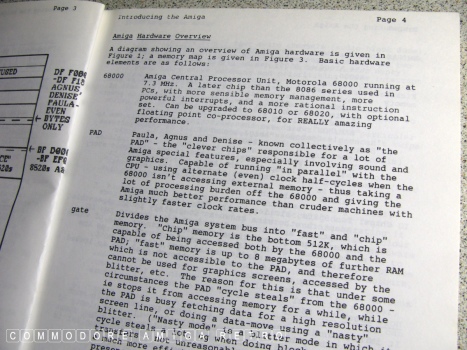


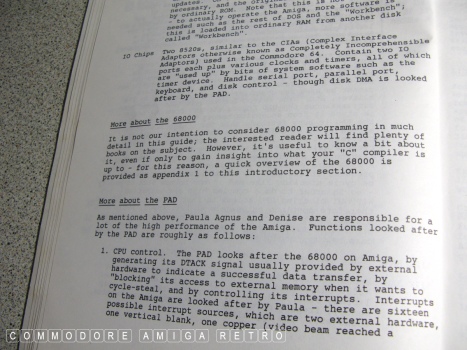


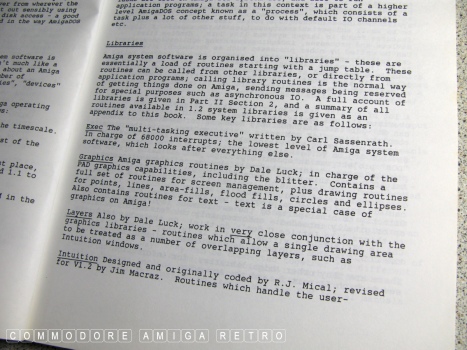

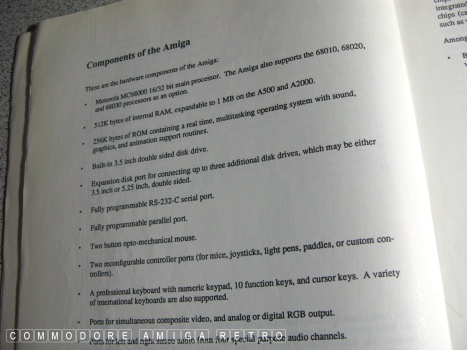
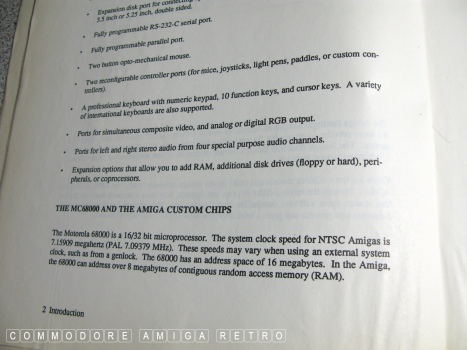
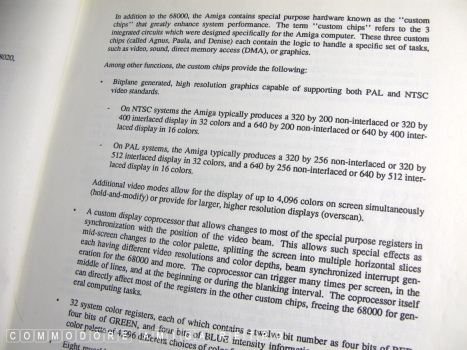
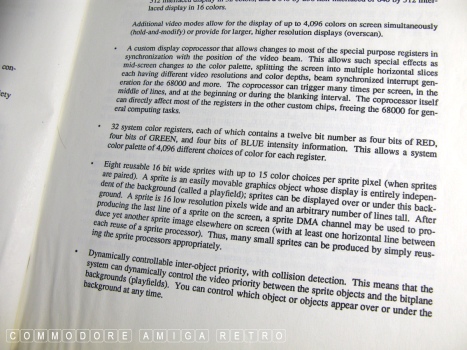

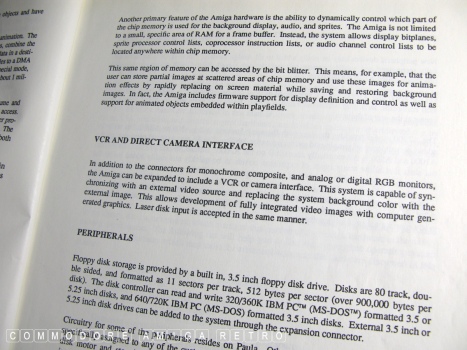
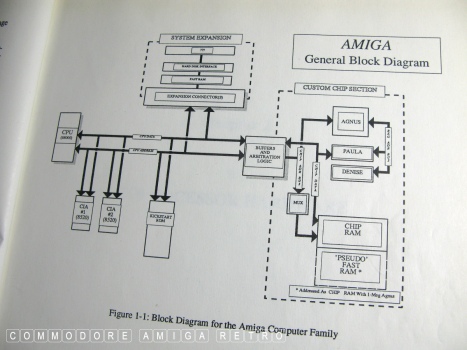
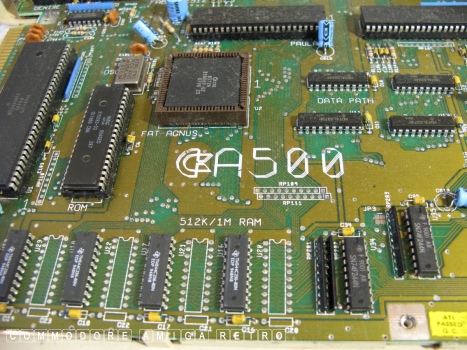
Rev 6A board 1MB Agnus.

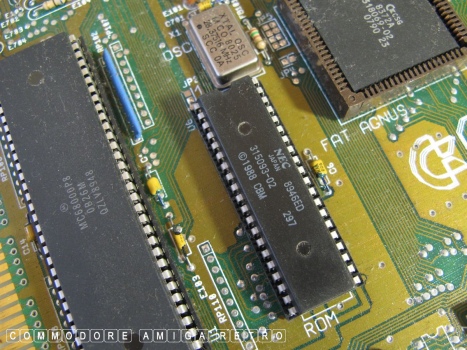

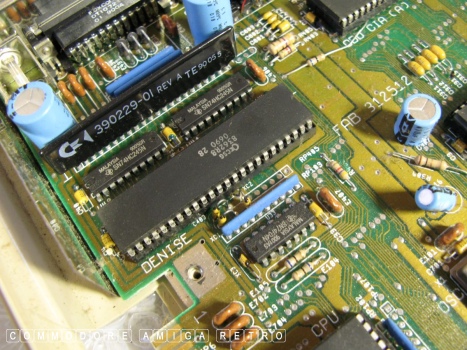

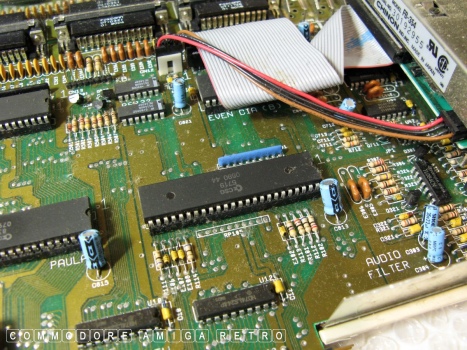


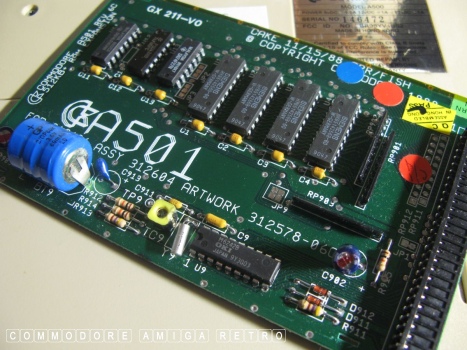

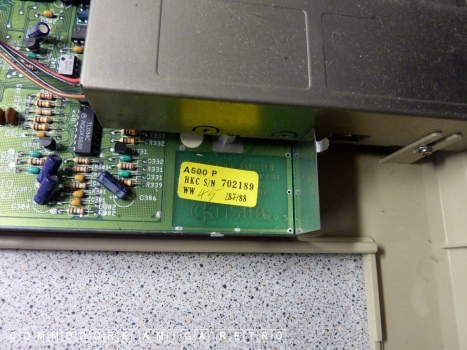
Rev 5 board 512KB Agnus.


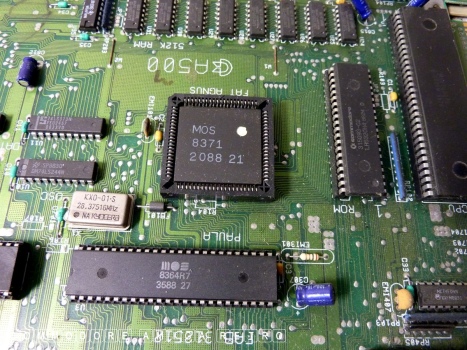
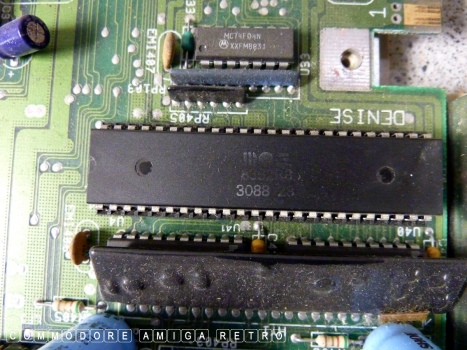
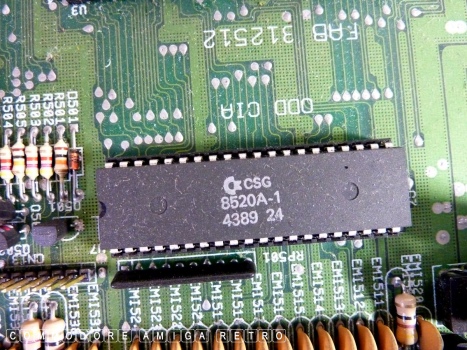

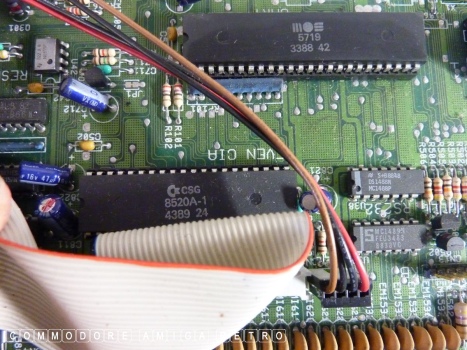


Rev 6A board 1MB Agnus GARY mod trapdoor Chip.
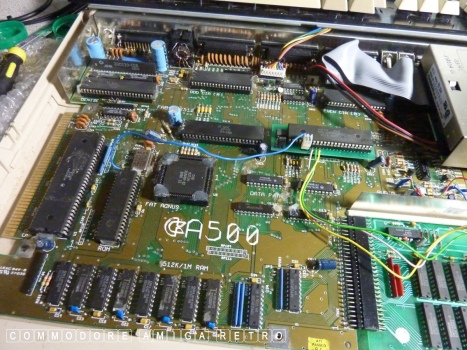

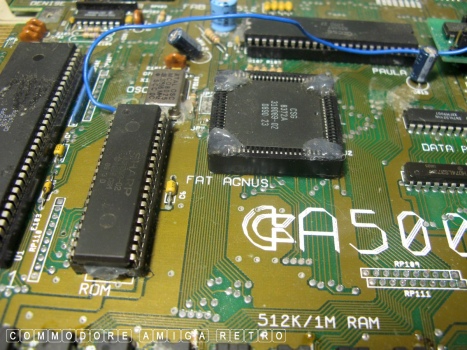
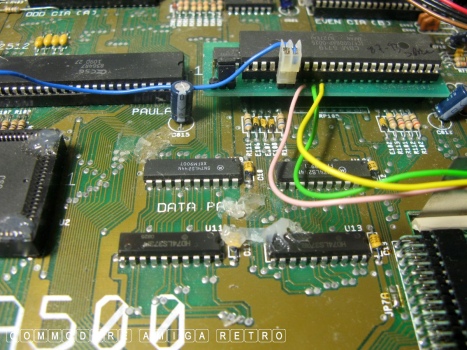


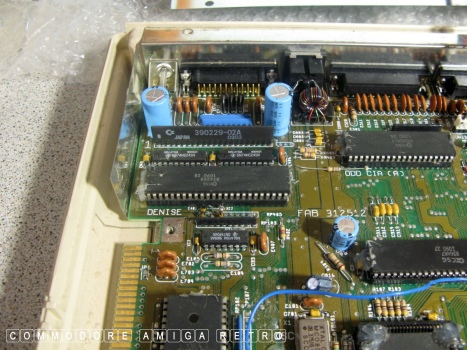





Rev 6A board 1MB Agnus.
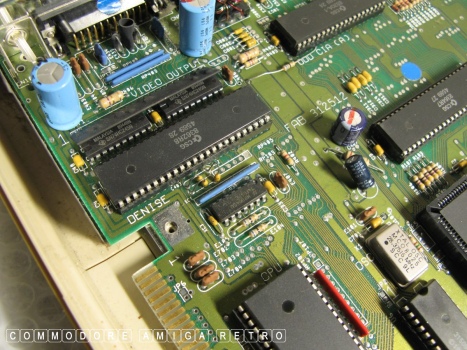

Rev 5 Checkmate board 2MB Mega Chip.




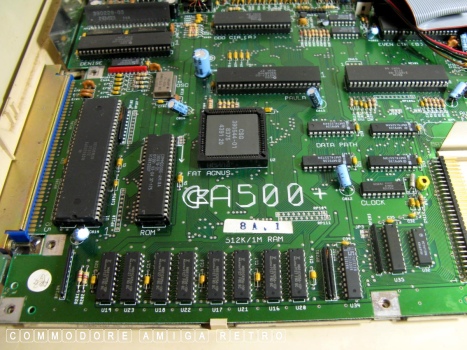
Amiga 500 Plus for reference.
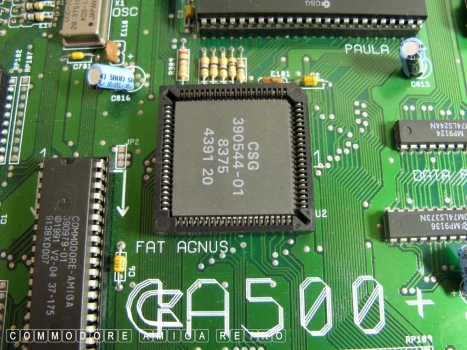

|


![]()


![]()